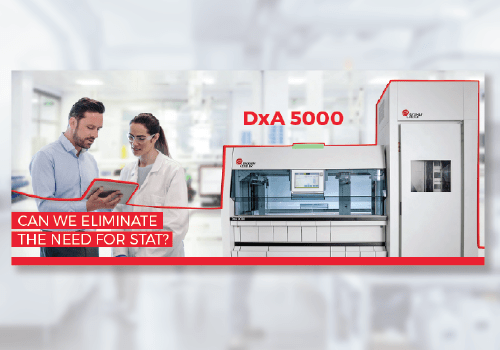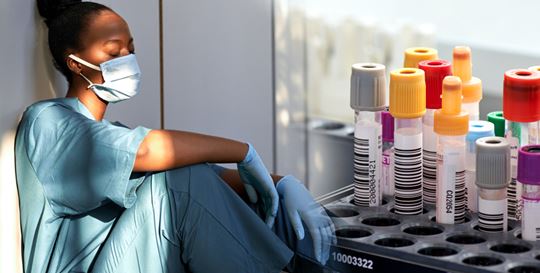In the fast-paced, complex world of healthcare, clinicians must make accurate patient care decisions quickly. While a number of factors influence a clinical diagnosis or course of treatment, the majority of care decisions—up to 70%—are made using clinical laboratory test results.1 Because of this, accuracy remains of utmost importance for laboratories, which are often tasked with producing quality results amid time, cost and resource pressures.
The impact of medical errors
Medical errors in general are the third leading cause of death in the U.S.2 Beyond their impact on patient care, they are responsible for $17.1 billion in avoidable healthcare costs.3 Because of laboratories’ heavy influence on patient care, they have a prominent role in helping to reduce avertible medical error.
Opportunities for error exist in all phases of laboratory testing, and many have been addressed through the widespread adoption of lab automation. Historically, most automated solutions have focused on sample analysis, the phase of testing sandwiched between pre- and post-analytical processes. Overwhelmingly, however, it is the pre-analytical testing phase that presents the greatest challenge for laboratories.
Up to 75% of testing errors take place during pre-analytical testing.4 Research shows that the average cost for each pre-analytical error is an estimated $208, and that pre-analytical specimen errors can account for up to 1.2% of overall hospital operating costs.5 Added to this is the strain these errors place on hospital resources due to redraws, follow-up and delays in treatment.5

 English
English






